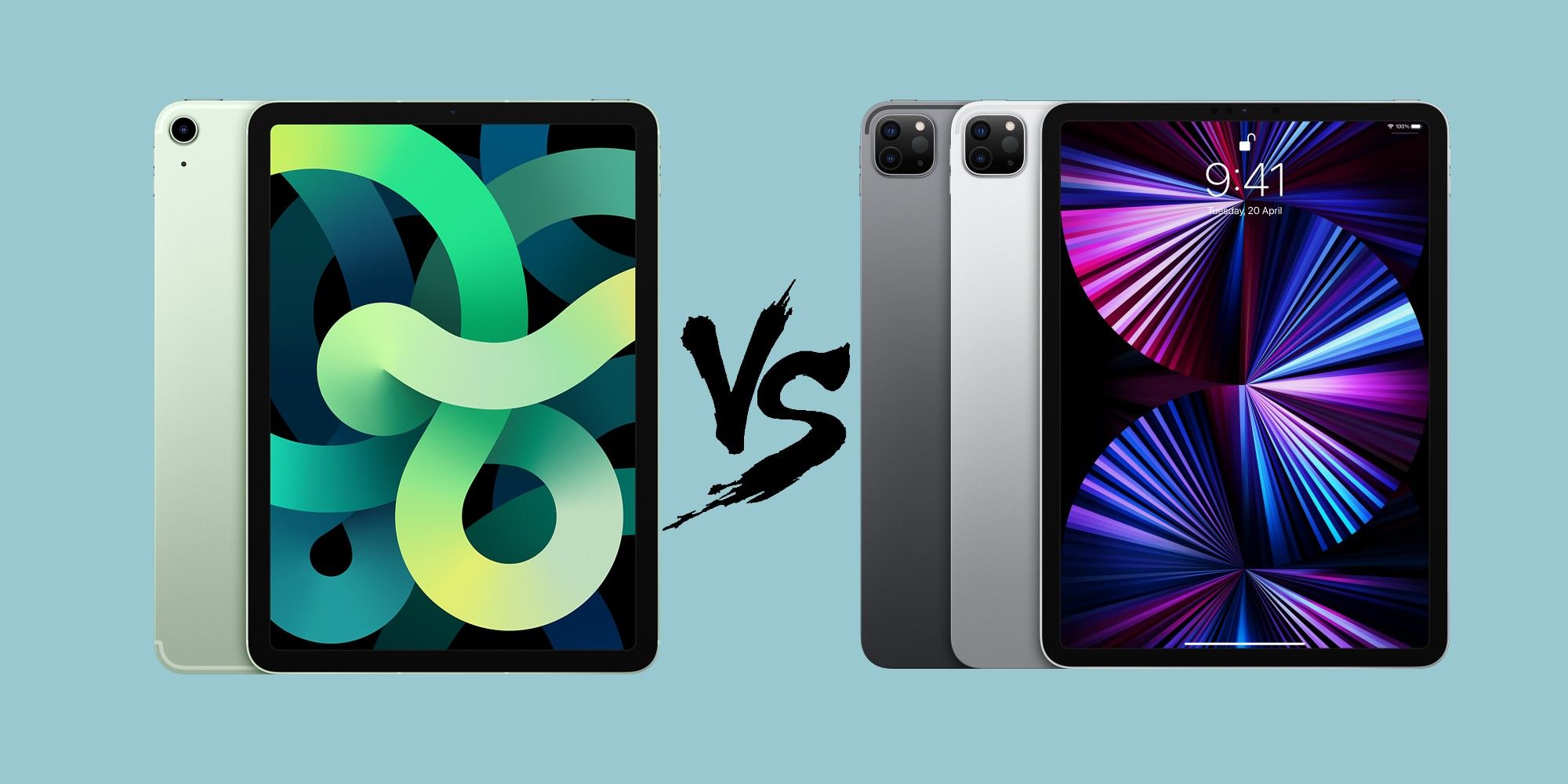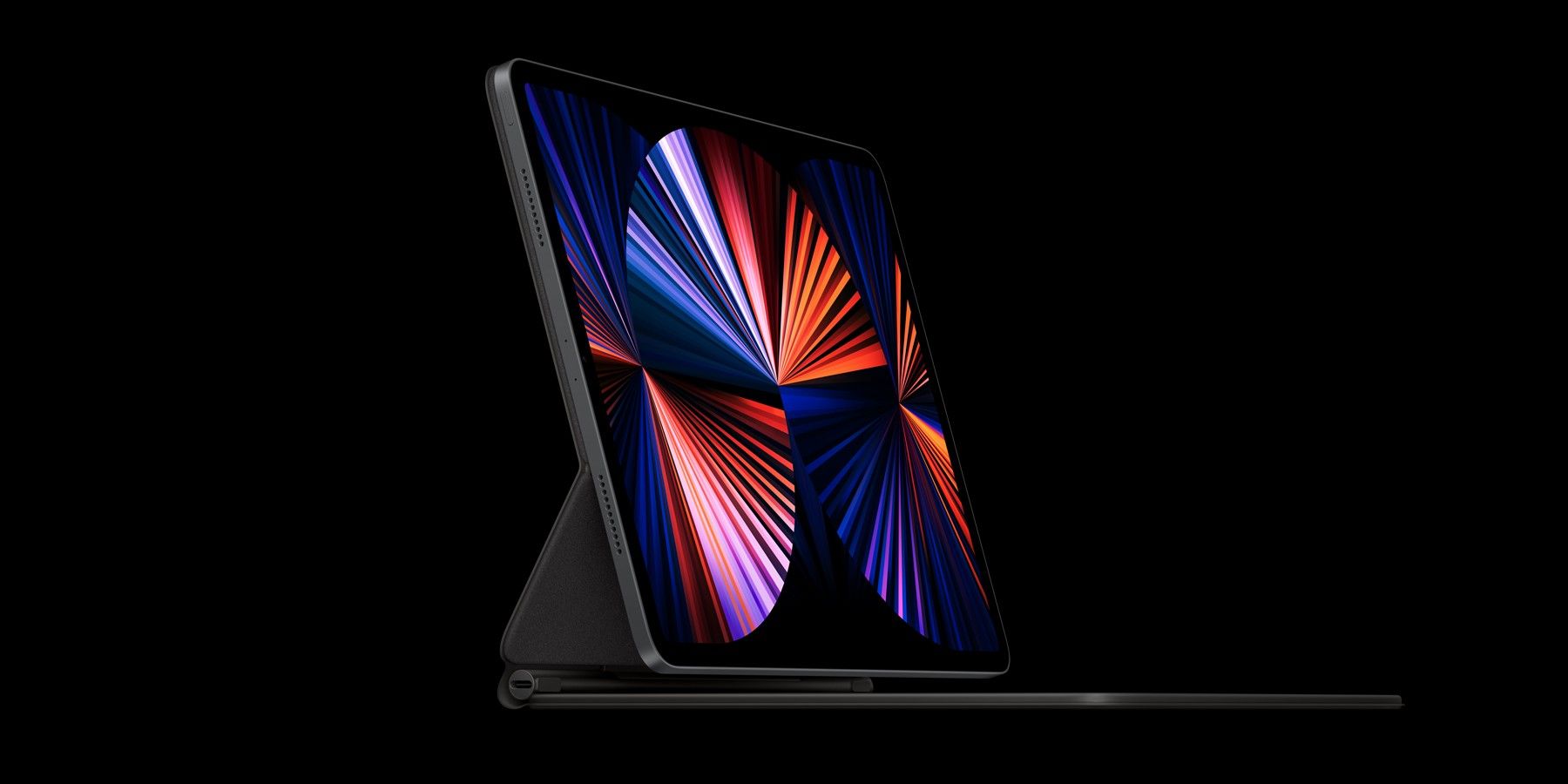Apple's iPads are incredibly popular and often the top choice when it comes to recommending a tablet, with the iPad Air and iPad Pro the two best options overall. For those considering picking up either of these iPad models, the differences between them might not be so obvious at first, but a closer look should make it clear which one is the right purchase.
In addition to the iPad Air and iPad Pro, Apple also has two other tablets. The iPad mini is the smallest, but also currently the second-most powerful model. Then there's the regular iPad (9th Gen), which is the cheapest overall and great for those who want more screen estate, but don't mind not having the most-powerful chip, or even the best specs.
The latest iPad Air was released in April 2020, making it almost two-years-old, while the newest iPad Pro was released in 2021. Both devices have a glass and metal sandwich design with rounded corners and uniform bezels. The iPad Pro is available in two sizes — an 11-inch and 12.9-inch version — and the main difference between them is the display technology. The larger model uses mini-LED (Liquid Retina XDR) which results in a screen that is brighter and has a better contrast ratio than the Liquid Retina display of the 11-inch version. The iPad Air also has a Liquid Retina display, but it is slightly smaller at 10.9 inches. The iPad Air starts at $599, comes in five colors, and is available in Wi-Fi and LTE versions, while the iPad Pro starts at $799 in silver or gray, and is available in both Wi-Fi and 5G versions.
The iPad Pro Packs A Lot More
A major difference between the iPad Air and iPad Pro is the processing power. While the former features Apple's A14 Bionic chip which powers the iPhone 12 series, the latter uses the same M1 chip found inside the MacBook Air and MacBook Pro 13, This alone makes the iPad Pro the most powerful iPad ever. Besides the differences in screen size, both versions of the iPad Pro also have a 120Hz refresh rate, something that's missing on the iPad Air. Apple offers the iPad Air in 64GB and 256GB variants while the iPad Pro is available to buy with either 128GB, 256GB, 512GB, 1TB, or 2TB storage.
The iPad Air and the iPad Pro do provide the same 12MP main camera, but the pro model packs an extra 10MP ultrawide angle camera and a Time-of-Flight 3D LiDAR scanner for AR purposes. The iPad Pro also has a better 12MP front-facing camera which brings Center Stage — automatic panning during video calls — and Face ID for security. The iPad Air makes do with a 7MP selfie camera and uses a Touch ID sensor that's buried under the power button. In terms of connectivity, the two tablets support Wi-Fi 6, dual-band Wi-Fi, and Bluetooth. The iPad Pro should result in better audio, thanks to its quad speakers compared to the iPad Air's stereo speakers.
Apple ships both tablets with a 20W USB-C power adapter, but the iPad Pro's USB-C port is a Thunderbolt 3/USB 4 port with DisplayPort capabilities. While they have different battery capacities in general, Apple says users can expect to get between 9 and 10 hours while surfing the web or watching videos. Lastly, both the iPad Air and the iPad Pro support the second-generation Apple Pencil, Magic Keyboard, and Smart Keyboard Folio.
Source: Apple


